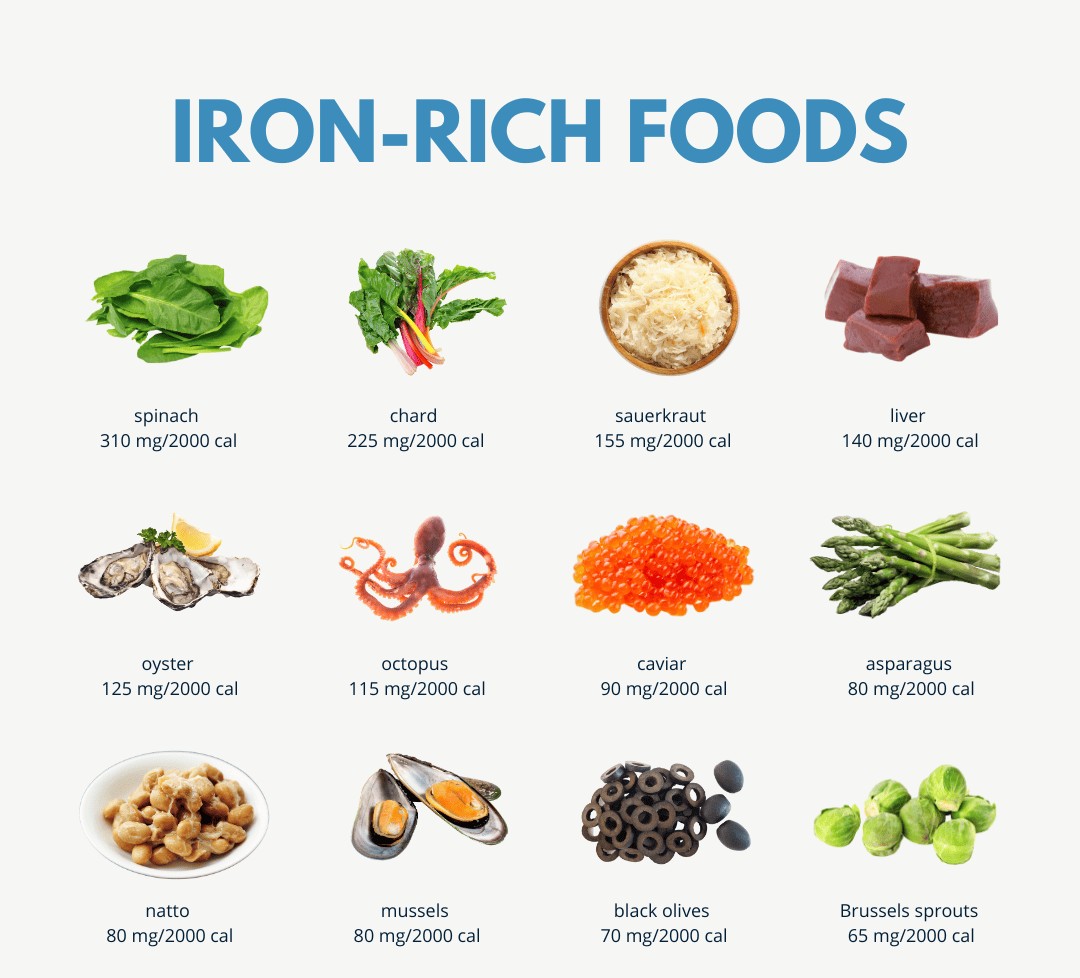A client who has been NPO has a new prescription to progress the diet as tolerated. In which sequence should the nurse progress the client's diet? (Arrange from first action on top to last on the bottom.)
Clear liquid.
Pureed.
Mechanical soft.
Full liquid.
The Correct Answer is A,D,B,C
A. Clear liquid. Clear liquids are the first step in advancing the diet after a period of nothing by mouth (NPO). They are easy to digest and help prevent dehydration.
D. Full liquid. Full liquids are the next step after clear liquids and include liquids and foods that are smooth and easily poured or formed into a liquid at room or body temperature. Examples
include milk, yogurt, and cream-based soups.
B. Pureed. Pureed foods are soft and smooth, requiring minimal chewing. They are often recommended for individuals who have difficulty swallowing or have undergone oral or facial surgery.
C. Mechanical soft. Mechanical soft foods are semi-solid and easily mashed or broken down with a fork. They are suitable for individuals with difficulty chewing or swallowing but can tolerate more texture than pureed foods.
Nursing Test Bank
Naxlex Comprehensive Predictor Exams
Related Questions
Correct Answer is C
Explanation
A. Bread. Plain bread is typically well-tolerated for individuals with cholelithiasis, as it is low in fat.
B. Beef broth. Beef broth is low in fat and should be well-tolerated for someone with cholelithiasis.
C. Ice cream. Ice cream is high in fat and may exacerbate symptoms of cholelithiasis by triggering gallbladder contractions.
D. Ketchup. Ketchup is low in fat and should not pose a significant risk for someone with cholelithiasis.
Correct Answer is ["B","D"]
Explanation
A. Alcohol (ethanol), orange juice, seeds. Alcohol should be avoided, but orange juice is high in vitamin C, which can enhance iron absorption. However, seeds are not a significant source of
iron.
B. Spinach, kale, collard greens. These dark leafy greens are rich in non-heme iron, which is beneficial for someone with iron-deficiency anemia.

C. Milk, ice cream, buttermilk. These dairy products contain little to no iron and can actually inhibit iron absorption due to their calcium content.
D. Beans, brown rice, apricots. Beans are a good source of iron, brown rice provides some iron, and apricots are also a good source of iron, making these foods beneficial for iron-deficiency anemia.
E. Salted nuts, corn, oranges. Salted nuts and corn are not particularly high in iron, although oranges are good for vitamin C, which helps with iron absorption. However, the focus should be on iron-rich foods directly.
Whether you are a student looking to ace your exams or a practicing nurse seeking to enhance your expertise , our nursing education contents will empower you with the confidence and competence to make a difference in the lives of patients and become a respected leader in the healthcare field.
Visit Naxlex, invest in your future and unlock endless possibilities with our unparalleled nursing education contents today
Report Wrong Answer on the Current Question
Do you disagree with the answer? If yes, what is your expected answer? Explain.
Kindly be descriptive with the issue you are facing.
